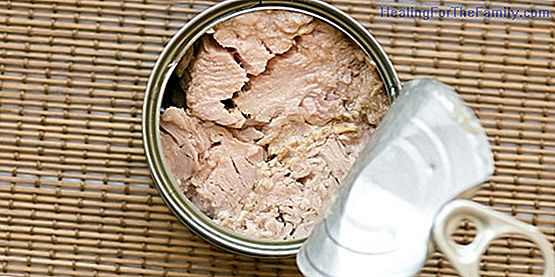The shape of a pregnant woman's belly
I have a friend who is Venezuelan and is experiencing her second pregnancy in Spain. She feels quite alone, her mother is more than ten thousand kilometers away, as well as her friends. This has turned me, with great pleasure, into his handkerchief of tears. My friend, lately she asks me the same th
I have a friend who is Venezuelan and is experiencing her second pregnancy in Spain. She feels quite alone, her mother is more than ten thousand kilometers away, as well as her friends. This has turned me, with great pleasure, into his handkerchief of tears. My friend, lately she asks me the same thing: do not you think I have a little belly?
The truth is that for the 20 weeks of pregnancy that she already has, she does not seem to be pregnant, she hardly has a bulge in her abdomen. She was very worried about the well-being of her baby, she thought that her belly did not grow properly because there were hardly any changes in her appearance. Yesterday I saw her again, and a big smile lit her face, she had an ultrasound and both the size and weight of the baby were totally normal.
On the other hand, my friend was convinced that she was expecting a child, since her belly was pointed, however, the ultrasound also revealed the sex of her baby: a girl will be born.
What the shape of a pregnant woman's belly tells us

Grandmothers, tradition or popular beliefs, tell that pregnant women with round bellies expect girls, while guts that are more pointed, house children. These beliefs, which may have been successful in some cases, are just myths without any scientific basis.
The doctors are clear about the shape of the bellies in pregnant women: each pregnancy is unique and the dimensions and shapes of the guts in pregnant women depend on different factors. According to gynecologists, nothing in the shape of the belly detects the sex of the baby or the size of it, that is, big bellies do not have to accommodate large babies.
The factors that define the shape of a belly are:
- The weeks of pregnancy: the greater the gestational age, the bigger the belly. Two women in the same week of pregnancy do not have to have the same size casings. - Amniotic fluid: its amount in the uterus or the accumulation of gases in the pregnant woman can cause the abdomen to increase in volume. -
Abdominal muscles
: women with good muscle tone, will have a smaller belly than a woman who has had several pregnancies and whose abdominal muscles have suffered a strain several times or a woman with poor muscle tone. -The physical constitution of the woman
: women with wide hips will have a less bulky gut than women with narrow hips. Other factors such as the fat accumulated during pregnancy or the previous weight of the pregnant woman influence the shape and size of the belly of the pregnant woman. In any case, obstetricians recommend relying on medical tests, in which the size of the baby is evaluated in relation to the week of gestation, and not pay attention to the shape of the belly.












